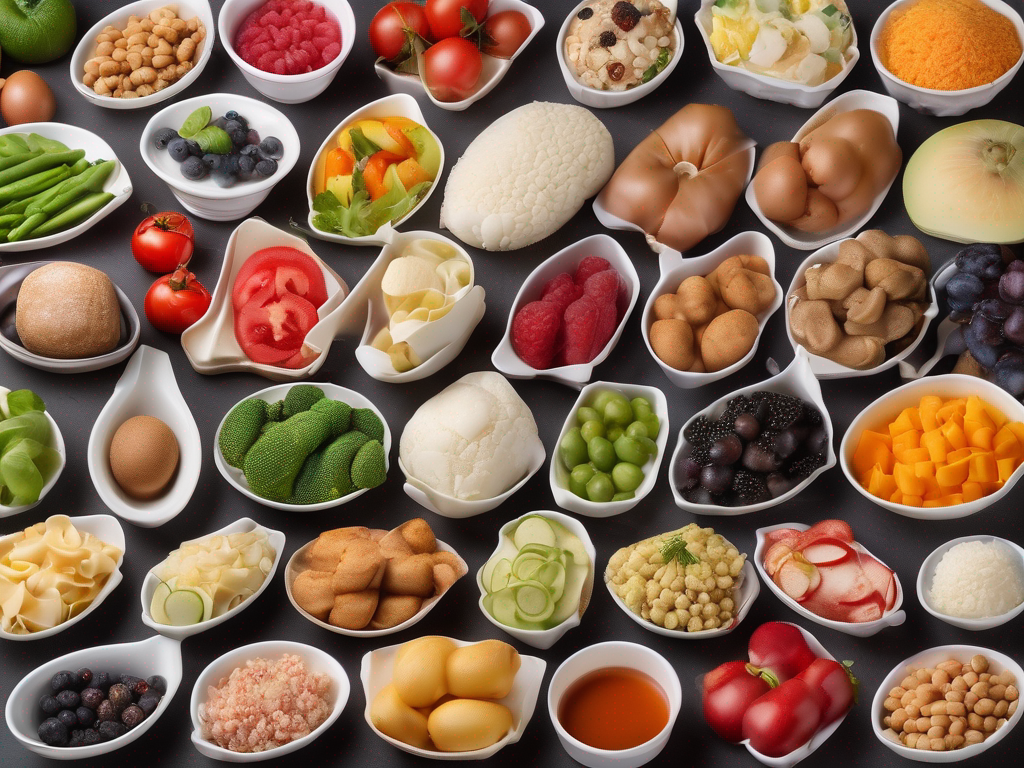
Preserving Homemade Elderberry Syrup: Best Practices for Safety and Freshness
Get Your Free Food Safety Cheat Sheet
30 most common foods with instant answers. Print it and stick it on your fridge—completely free!
Preserving Homemade Elderberry Syrup: Best Practices for Safety and Freshness
Homemade elderberry syrup is a popular natural remedy for colds and flu due to its immune-boosting properties. However, to ensure its effectiveness and safety, proper preservation methods must be followed. In this post, we will discuss the best ways to preserve homemade elderberry syrup to maintain its freshness and potency.
Why is Proper Preservation Important?
Preserving homemade elderberry syrup is crucial for several reasons:
- Safety: Improper storage can lead to bacterial growth, spoilage, and contamination, which can cause foodborne illnesses.
- Potency: Elderberry syrup's effectiveness depends on the freshness of the ingredients. Proper preservation methods help retain its beneficial properties.
- Economy: By preserving elderberry syrup correctly, you can extend its shelf life and reduce waste.
Best Ways to Preserve Homemade Elderberry Syrup
1. Refrigeration
Refrigeration is one of the simplest and most effective ways to preserve homemade elderberry syrup. Follow these steps:
Steps for Refrigeration:
- Allow the syrup to cool to room temperature before transferring it to a clean, airtight glass jar.
- Seal the jar tightly to prevent air exposure.
- Store the jar in the refrigerator at a temperature below 40°F (4°C).
- Label the jar with the date of preparation for reference.
2. Freezing
Freezing is another excellent method for preserving elderberry syrup for an extended period. Here's how to freeze your homemade syrup:
Steps for Freezing:
- Pour the elderberry syrup into ice cube trays or freezer-safe containers.
- Leave some space at the top of the container to allow for expansion.
- Cover the trays or containers with a lid or plastic wrap.
- Place the trays or containers in the freezer at 0°F (-18°C) or below.
- Label the trays or containers with the date and contents.
3. Canning
Canning is a popular preservation method that involves heat processing to kill bacteria and create a vacuum seal. Follow these steps for canning elderberry syrup:
Steps for Canning:
- Prepare a water bath canner and sterilize the jars, lids, and rings.
- Fill the jars with hot elderberry syrup, leaving a 1/4-inch headspace.
- Wipe the jar rims, place the lids on top, and secure the rings.
- Process the jars in a water bath canner for the recommended time.
- Remove the jars, cool them, check the seals, and store them in a cool, dark place.
4. Dehydration
Dehydrating elderberry syrup is a unique method that involves removing moisture to prolong its shelf life. Here's how to dehydrate your syrup:
Steps for Dehydration:
- Spread the elderberry syrup thinly on a dehydrator tray or parchment paper.
- Set the dehydrator temperature to 135°F (57°C) and dry the syrup until it turns into a solid sheet.
- Break the dehydrated syrup into small pieces and store them in an airtight container.
- Place the container in a cool, dry place away from moisture and sunlight.
Safety Tips for Preserving Homemade Elderberry Syrup
- Use clean and sanitized equipment and utensils when preparing elderberry syrup.
- Wash elderberries thoroughly before using them to remove any dirt or debris.
- Avoid using damaged or moldy elderberries in your syrup.
- Label all preserved elderberry syrup containers with the date of preparation to track freshness.
- Check the appearance, smell, and taste of elderberry syrup before consuming it after storage.
Conclusion
Proper preservation is essential for maintaining the quality, safety, and effectiveness of homemade elderberry syrup. Whether you choose to refrigerate, freeze, can, or dehydrate your syrup, following the recommended steps will help preserve its freshness and potency for an extended period. By incorporating these preservation methods into your routine, you can enjoy the benefits of elderberry syrup all year round.
Authoritative Food Safety References
These agencies and university labs inform every tip and health precaution we publish.
USDA FoodKeeper – Cold Storage Guidelines
Official refrigerator, freezer, and pantry timelines maintained by the U.S. Department of Agriculture.
Visit USDA FoodKeeperFDA Produce Safety Rule & Grower Guidance
Field-to-fridge handling practices that prevent contamination of fruits, vegetables, and leafy greens.
Visit FDA Produce SafetyCDC Foodborne Illness Prevention Hub
Surveillance-backed guidance on pathogens, symptoms, and steps to reduce foodborne illness risk.
Visit CDC Food SafetyUC Davis Postharvest Technology Center
University research detailing optimal storage atmospheres for produce after harvest.
Visit UC Davis PostharvestPenn State Extension – Home Food Preservation & Safety
Peer-reviewed extension bulletins on safe canning, chilling, and reheating practices.
Visit Penn State ExtensionGet Your Free Food Safety Cheat Sheet
30 most common foods with instant answers. Print it and stick it on your fridge—completely free! Want more? Upgrade to the complete guide with 70+ foods.
Scan your food directly and get instant safety info using our AI-powered camera feature.